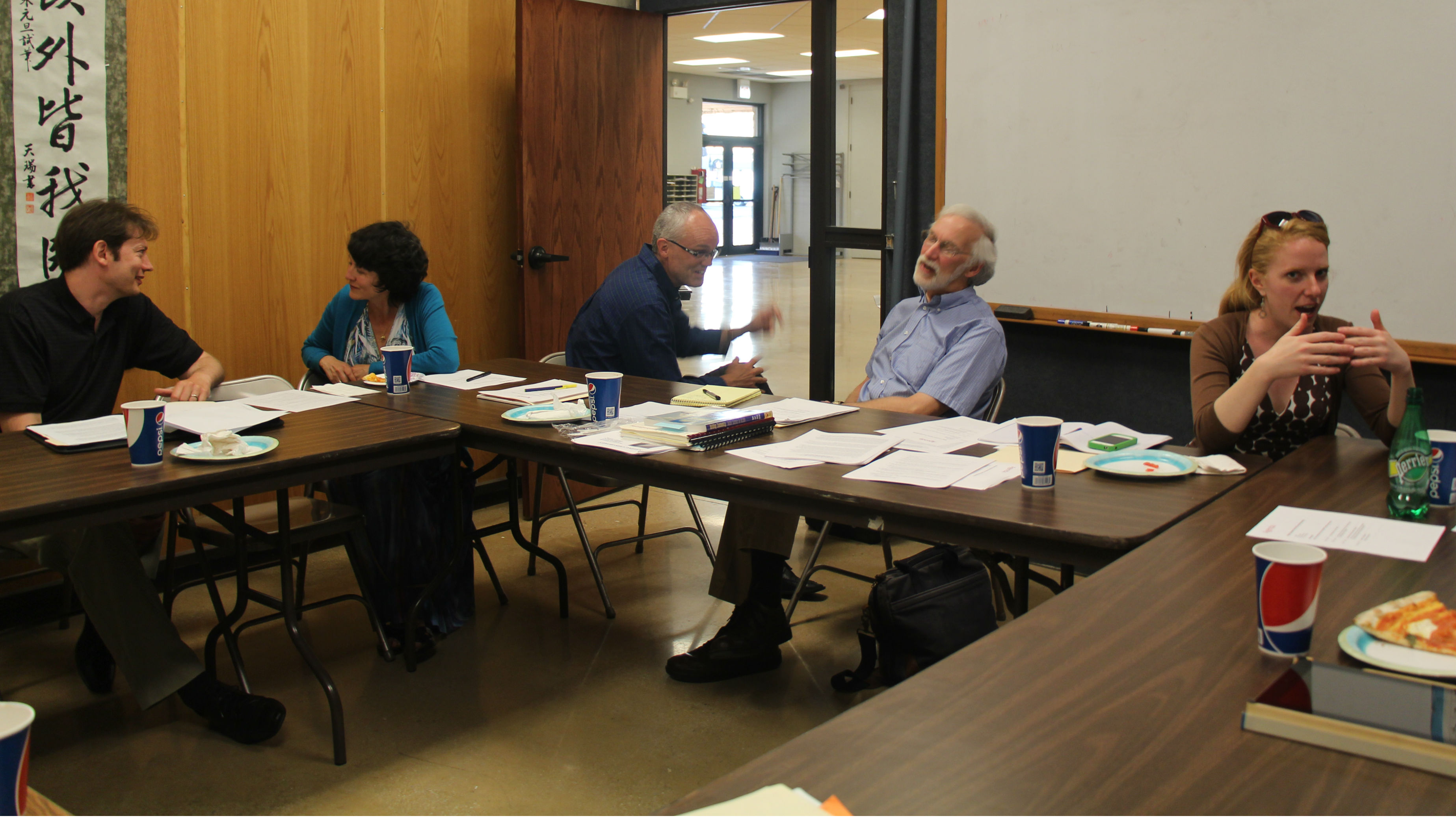How CURL Works

A vital dimension of CURL's new model of collaboration is ensuring that research and learning lead directly to the service of our communities. To achieve that ideal, integrated teams of academics and activists work at the community level with leaders and residents.
The teams produce action-oriented research, held to rigorous research standards, that enable residents to tackle urgent community needs and to achieve significant programmatic and policy results. Comprehensive research findings become a vital foundation for effective action at the local, state, and national levels directed at a wide range of urban issues.
Examples of community-initiated projects include such issues as the impact of welfare reform, options for care of those experiencing homelessness, and participatory evaluation of agency programs. To spur action and involvement, fellowships are awarded to Loyola faculty, graduate, and undergraduate students, as well as to community leaders and activists.
Team Model
Most CURL projects are organized around a team model of research. Generally, the team includes community organization staff, Loyola faculty, graduate students, and undergraduates. The focus of each project is developed in partnership with community-based organization leaders and is not the result of existing academic research agendas, although there is often a compatibility of interests. Projects are chosen based on compatibility with CURL's mission and governing standards with an eye toward strategic allocation of resources and an ability to leave behind meaningful change.
The team model is a break from traditional academic research models not only because it involves community members in all aspects of the research process, but because it moves away from a "lone ranger" model of academic research and community involvement. The team approach involves multiple participants and perspectives and allows faculty to teach students and community leaders while at the same time learning from both. Also, rather than using a traditional one-student/one-organization placement model, a student becomes part of a team. This has real benefits. The student does not feel isolated while working in the community, and, by involving more than one undergraduate and graduate student in a project, students provide encouragement and support for each other, thus increasing the chances of success and improving the quality of work.
A more detailed description of how CURL research teams work and how students are involved in the Center's research is described further here: Collaborative University Community Research Teams .
A vital dimension of CURL's new model of collaboration is ensuring that research and learning lead directly to the service of our communities. To achieve that ideal, integrated teams of academics and activists work at the community level with leaders and residents.
The teams produce action-oriented research, held to rigorous research standards, that enable residents to tackle urgent community needs and to achieve significant programmatic and policy results. Comprehensive research findings become a vital foundation for effective action at the local, state, and national levels directed at a wide range of urban issues.
Examples of community-initiated projects include such issues as the impact of welfare reform, options for care of those experiencing homelessness, and participatory evaluation of agency programs. To spur action and involvement, fellowships are awarded to Loyola faculty, graduate, and undergraduate students, as well as to community leaders and activists.
Team Model
Most CURL projects are organized around a team model of research. Generally, the team includes community organization staff, Loyola faculty, graduate students, and undergraduates. The focus of each project is developed in partnership with community-based organization leaders and is not the result of existing academic research agendas, although there is often a compatibility of interests. Projects are chosen based on compatibility with CURL's mission and governing standards with an eye toward strategic allocation of resources and an ability to leave behind meaningful change.
The team model is a break from traditional academic research models not only because it involves community members in all aspects of the research process, but because it moves away from a "lone ranger" model of academic research and community involvement. The team approach involves multiple participants and perspectives and allows faculty to teach students and community leaders while at the same time learning from both. Also, rather than using a traditional one-student/one-organization placement model, a student becomes part of a team. This has real benefits. The student does not feel isolated while working in the community, and, by involving more than one undergraduate and graduate student in a project, students provide encouragement and support for each other, thus increasing the chances of success and improving the quality of work.
A more detailed description of how CURL research teams work and how students are involved in the Center's research is described further here: Collaborative University Community Research Teams .
